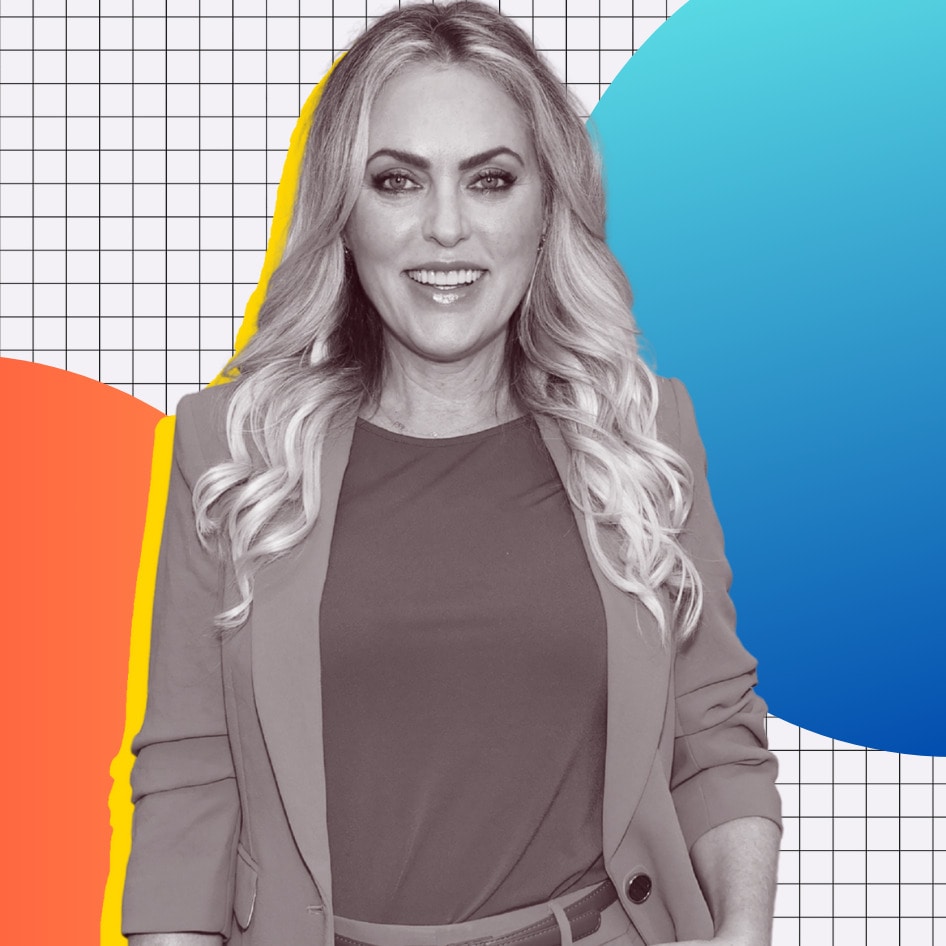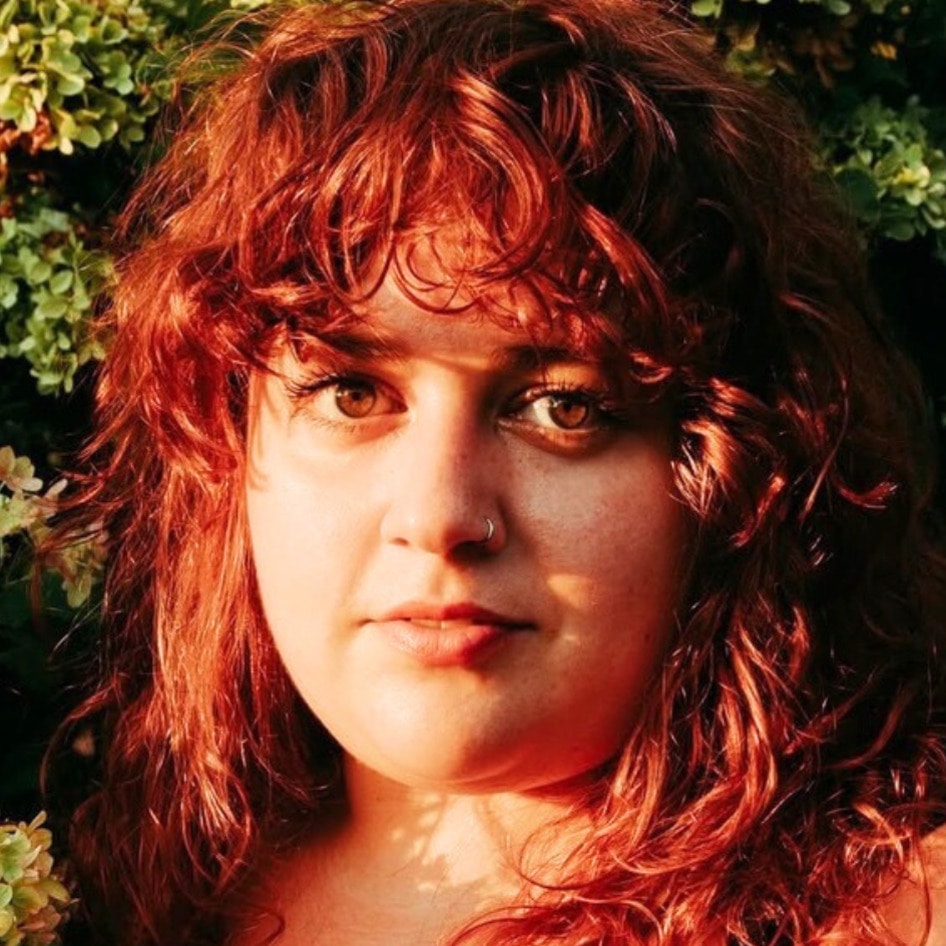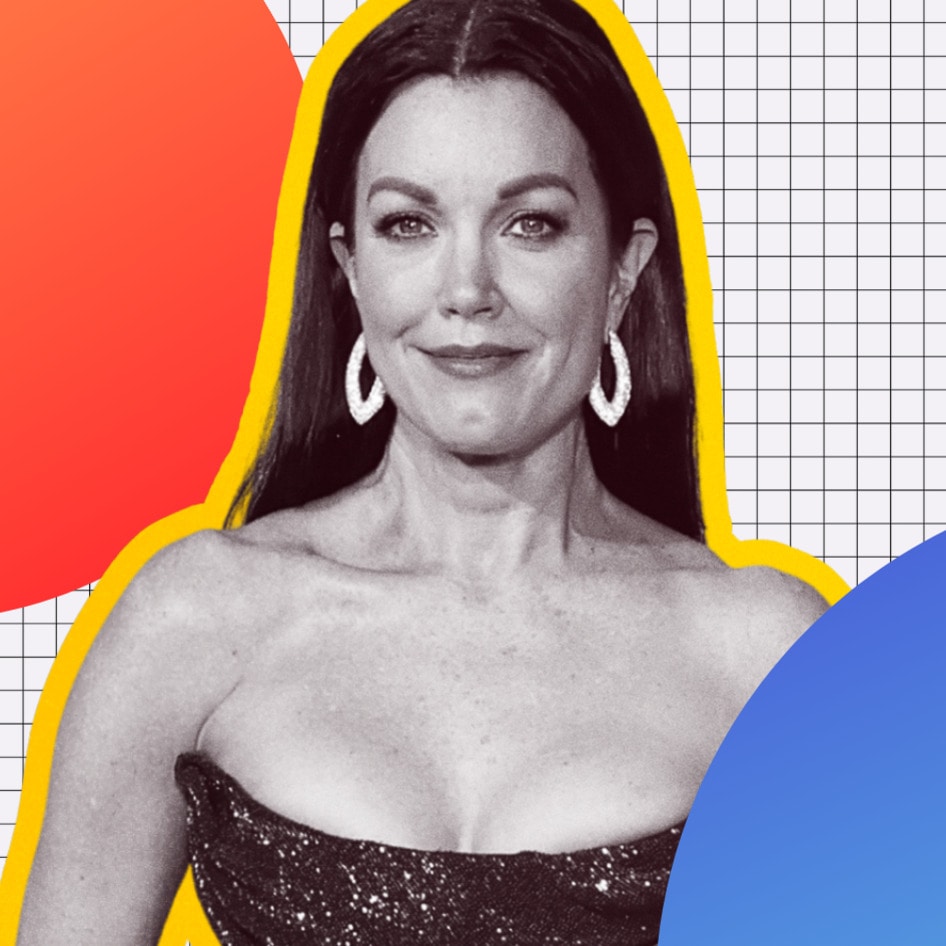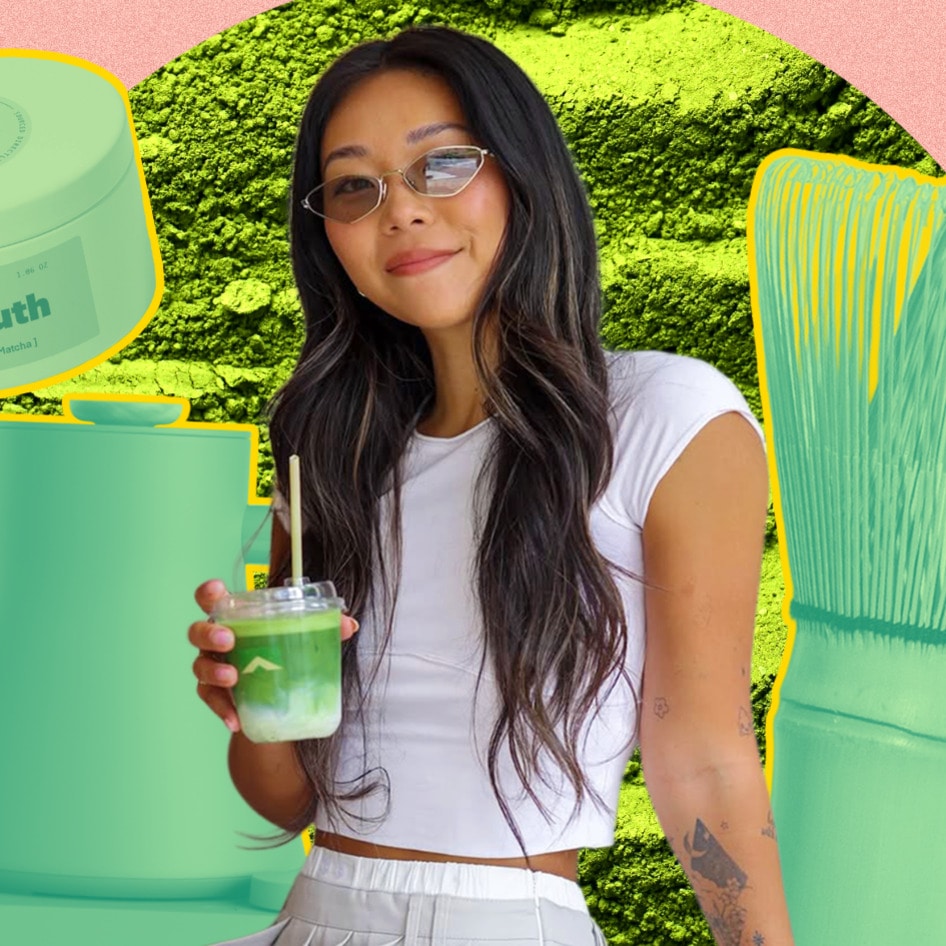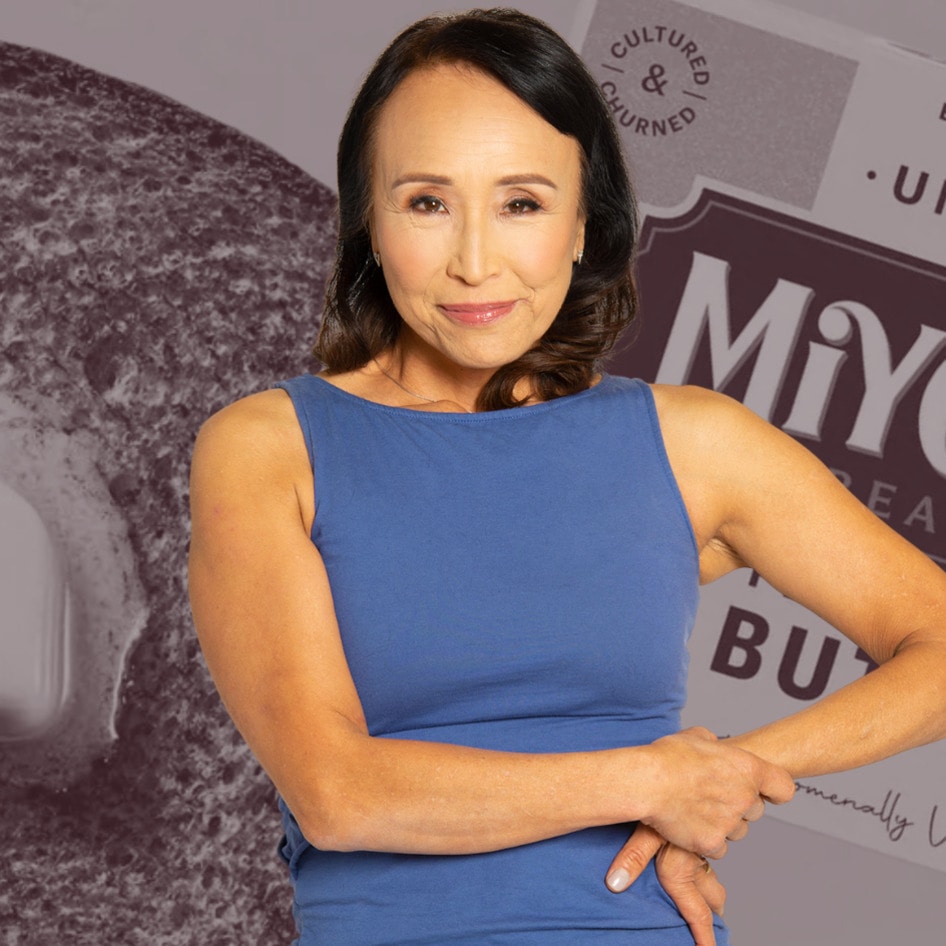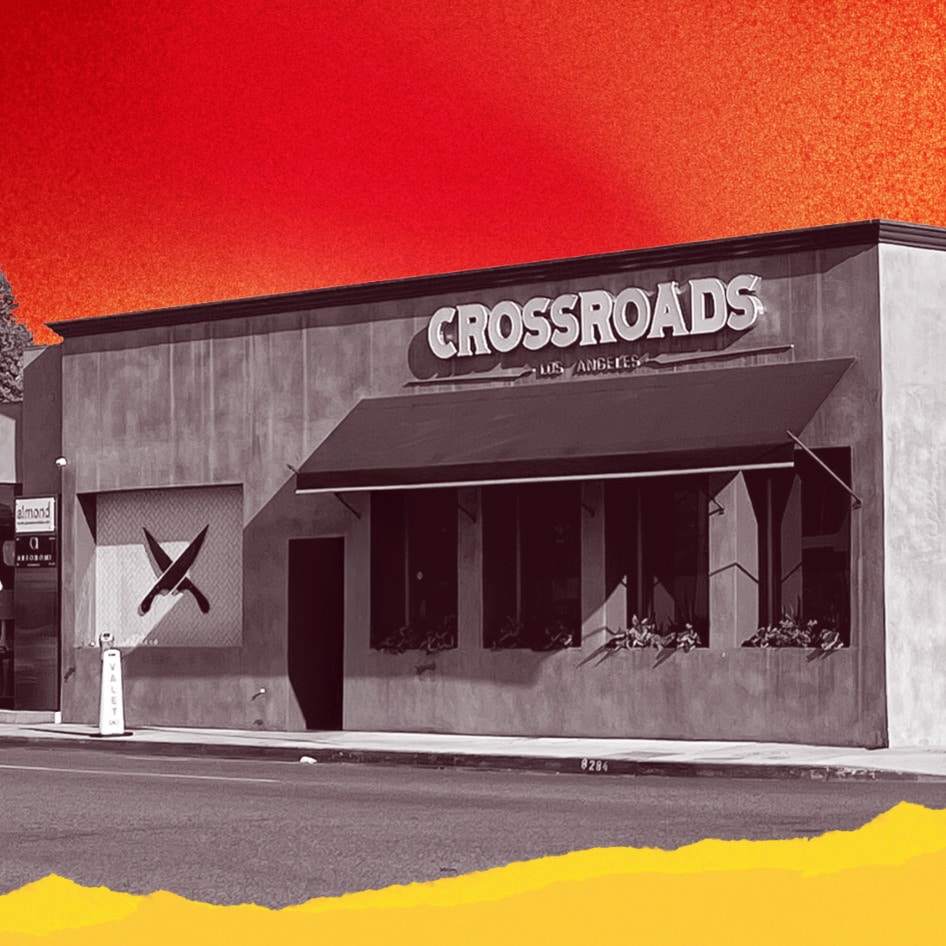VegNews Music Week: Moby’s Punk Roots and Compassionate Activism
In our exclusive interview, the activist artist discusses his surprising influences, biggest challenges, and how veganism has changed over the past 25 years.
June 4, 2013
A multiplatinum, multifaceted figure of contemporary electronic music, Moby has also been a proud and outspoken member of the vegan community for more than a quarter of a century. From his first days as a teenage punk, this apt artist has come a long way, all the while combining ambient, house, rock, and blues music into ever-enthralling conjugations. Eight years after he graced our cover, we caught up with Moby to revisit his roots, his 1996 album Animal Rights, and the reasons why he’s still happy to be cruelty-free.
VegNews: What were the experiences and artists that shaped you as a young musician?
Moby: My musical background is weird, because when I was very young I played classical music. Then, when I was 13, I saw a video of Sid Vicious singing “My Way,” and it kind of transformed me. And then I heard the first Clash album, and around that time I kind of stopped studying music theory and playing classical music and started a punk rock band with some friends of mine. We had like 50 different names, but the name we eventually settled on was the Vatican Commandos. We put out a couple of 7-inch records in the early 1980s. I was listening to a lot of different types of music, but spending most of my time going to hardcore shows and being friends with people from other hardcore bands in New York and New England.
VN: Do your experiences in punk rock and hardcore as a teenager continue to influence you?
M: It really affected the way that I saw my involvement in the music world. Because apart from loving the music and the culture, one of the most inspiring things about the hardcore scene was that same people in bands were the same people starting record labels and record stores and fan zines, promoting shows, making T-shirts … In other genres, the musician made the music, but some big corporation promoted and put on the concerts. Whereas in the hardcore world and the punk world, it was all the same kids. And I found that to be really inspiring, the fact that you didn’t need to wait for some huge corporation to step in and sanction your music. You can just do it yourself.
VN: What are the overlapping qualities of punk and electronic music?
M: In the late ‘80s and early ‘90s when I started to get really involved in the world of electronic music, it had that same DIY philosophy. Small record labels, mainly singles-based. Again, the same person who was DJing was quite possibly the same person who made the T-shirts and was promoting the event. Musically, electronic dance music was quite dissimilar from the hardcore world. But the general ways in which the scenes were structured and organized were very similar.
VN: What are the unifying elements that bring all of your work together, in spite of these aesthetic differences?
M: One of the reasons I’ve dedicated my life to making music is because I love the way that music affects me emotionally and the way that it affects other people emotionally, and different types of music have the capacity to elicit different emotional reactions in a listener. And I mean, listening to an old Black Flag single triggers a huge emotional reaction in me, but listening to Debussy or Kraftwerk or Donna Summer … Every type of music has the ability to create a really powerful emotional response in the listener. A lot of times I’m trying to make music that not only affects me emotionally, but also transforms the space in which I’m listening to the music. The test of a good song is, does it make something mundane seem more special? Like if I’m sitting in traffic on the 101 in Los Angeles, and it’s an overcast day, and I put on a piece of music, suddenly that overcast day, sitting in traffic, seems more magical or cinematic, that’s when I know a piece of music is effective.
VN: What other projects are you currently working on, musical or otherwise?
M: I’m putting out my next album next September so I’m just finishing that. Basically, I’ve just been working on music and taking pictures and hanging out in LA and appreciating the fact that it’s the middle of January and I get to walk around in a T-shirt.
VN: What’s in rotation on your iPod right now?
M: I listen to so much weird music. I listen to George Gershwin and Black Flag and weird African disco. John Lee Hooker and Kraftwerk and TV on the Radio. The way I listen to music now, I don’t pay too much attention to when it was made, I just pay attention to how it affects me emotionally. So I listen to the first Interpol album, [Turn On the Bright Lights] … I’ve been listening to old blues from 1925. And I sort of like everything.
VN: What led to you reuniting the Vatican Commandos a couple of years ago?
M: This is such a cliché answer, but it was all Facebook-related. Basically, the people who had been in my high school punk band, the Vatican Commandos, we had all lost touch with each other and then we realized that we were all friends on Facebook. I guess someone just mentioned, like, “Oh, we should all try to have a reunion,” and it seemed like a really fun idea. And it was really interesting because the lead singer, Chuck, the last time I had seen him was probably 1984—he had a blue mohawk and he was on acid. And now he’s a neurosurgeon who he lives in Atlanta and he’s a father of three, and he runs his own hospital. I just love that trajectory. Because in the early ‘80s, if you had a mohawk or tattoos or whatever, people kind of looked at you like you were the scum of the earth. But I just love proving people wrong. And I see that happening a lot for people who grew up in the punk rock world. For most of my friends in the hardcore scene, there was this underlying sense of personal responsibility and ethics. Like, if someone fell down at a show, you picked them up. Even though people drank occasionally and did drugs—I mean I didn’t for the most part, because I was straightedge at the time—underneath it all there was this sense of community and responsibility. I’ve watched a lot of my friends from that scene as they get older, and a lot of them have become pretty inspiring members of society. And, because this is VegNews, I have to say I just recently celebrated my 25-year vegan anniversary.
VN: How do you think veganism and punk rock came to be so interrelated?
M: It’s funny, because when punk rock came over from the UK, [it] was tons of alcohol and greasy fried food and nihilism and people spitting on each other. And I like a lot of that music, but then it came to the US and got reinvented as hardcore. Hardcore became almost, like, a rejection of everything we didn’t like about the ‘70s. It was a rejection of long hair, it was a rejection of 12-minute-long guitar solos, but it was also a rejection of—not to sound too moralistic, because I have nothing against irresponsible hedonism—but the early ‘80s was all about rejecting that slovenly hedonism of the 70s. Punk rock and hardcore really did have a utopian quality to them. It was kind of a lot of us saying that we don’t like the world around us, and we’re going to try in our own way to create a world that we thought was better and more interesting. In that rejection, you had to build your own thing, and I think that’s what led a lot of people to the straightedge movement and to veganism and animal welfare and animal rights, because punk rock and hardcore did have that utopian quality to it.
VN: What was the moment like when you realized that you wanted to go vegan?
M: Well, for me, it was the simple realization that I love animals, and I didn’t want to be a part of any process or system that contributed to their suffering. Then, I started evaluating things in my life and I realized that there were some very easy choices that I could make to limit the amount of animal suffering that I was involved in. So if I gave up eating animal products and wearing animal products and giving up products tested on animals, I could take a tiny step towards decreasing the amount of suffering in the world.
VN: What was it like being vegan at that time?
M: It was tricky. I have to say, in the late ‘80s, and even the early ‘90s, being a broke vegan on tour in Europe was hard. Luckily, most big cities had health food stores even in the late ‘80s, but still like there were times when I’d be on tour and I’d just be really, really hungry. I remember one time, the only thing I could find was peanuts, so I basically just ate this huge bag of peanuts, roasted salted peanuts, and it was just disgusting. So luckily things have gotten a lot better. It’s certainly a lot easier to be vegan now. And going on tour—last time I was in South America, almost every city had a sort of activist vegan restaurant. Even some kind of obscure cities, like Porto Alegre and Curitiba in Brazil, places you wouldn’t necessarily expect there to be a vegan restaurant. But then you find that the local punk rock and animal rights activists have opened a restaurant, and the food was usually quite good.
VN: Any tips for finding vegan food on the road no matter where you are?
M: I really credit Happy Cow. Every vegetarian or vegan musician I know, they go on tour, and their tour manager knows about Happy Cow, and every city they go to, they check it. So they really are sort of the unsung heroes of the vegan world. I have to say I like the fact that it hasn’t really changed in however many years they’ve been around.
VN: Continuing to look back, what were your intentions or feelings when making your 1996 album Animal Rights?
M: It’s a pretty intense sort of punk/metal record. [That record came from] a combination of things. To an extent, it’s an album that’s really the product of frustration, because the album before that was called Everything is Wrong, also a product of frustration. One of the things I’ve wrestled with—and I’m sure everyone has wrestled with—is that when you’re confronted with the enormity of animal suffering and slaughter, how do you respond? To think of the hundreds and hundreds of millions or billions of animals who are being killed every year for human purposes. It’s almost impossible to process that information. It can either drive you crazy, you can just ignore it, or it can make you really mad, and so I think there was a time in the mid-‘90s that as an activist I was incredibly frustrated at the status quo regarding how animals are treated and killed. So that record kind of was a product of that frustration.
VN: Has your music continued to be political?
M: A lot of my favorite musicians are really good at it, like Neil Young or Joe Strummer, or even John Fogerty from Creedence Clearwater Revival. But whenever I’ve tried to write issue-oriented music, it hasn’t been that good. I feel like I can be an activist most of the time, but when I make music, I’m just a musician. I’m definitely … the music that I make is a product of me, and veganism is one of the most important aspects of my life, so as odd as this might sound, it’s vegan music even if it’s not explicitly so. It’s also a question that my activist friends have asked each other for a really long time: How, over time, can you be an effective advocate for the causes that you believe in? Because a lot of us, when we’re 19 or 20 years-old, all we want to do is scream at people and throw fake blood at fur. And then you realize over time that it’s not necessarily the most effective or sustainable form of activism. I hope to still be an activist when I’m 90 years old, and so it’s making a concerted effort to not get burnt out. Because especially in the animal-rights world, my friends have done actions in slaughterhouses and research labs, but they get burned out really quickly. I applaud them for their work, but I also think activists need to figure out how to do the work today, but also 30 or 40 years from now. And that sometimes means a slightly more strategic but also more subtle and gentle approach to activism.
VN: So you mean leading my example, in an inclusive way?
M: I have a really good friend in DC, who has been an animal activist for a long time, and for a while she treated herself really badly. Drank a lot and smoked a lot, ate a lot of vegan junk food. But then I think she realized that one of the best ways of being an effective vegan advocate is looking good. I don’t mean wearing the best clothes or makeup, but just being really healthy. Because I feel like when someone looks at Anne Hathaway or Jessica Chastain and hears that they’re vegan, they think, maybe there’s something to this. You look at someone like John Joseph [of Cro-Mags] who is in amazing shape and he’s 50 years old. If John Joseph had spent the last 30 years eating McDonald’s, he’d either be dead or really sick, but instead he’s in amazing shape. So I almost feel like as responsible advocates, we have to treat ourselves well and just be good advocates in all that we do.
VN: You recently moved from New York to Los Angeles. Where are your favorite places to eat on the West Coast?
M: I kind of refer to [Café Gratitude] as my Cheers. It is the place where everybody knows your name. The two restaurants I think I go to the most are Café Gratitude and Sage in Echo Park. I’m at either of those places all the time; there are other spots too, but those ones are the easiest for me to get to. I’m there probably 5 nights a week. If I go to San Francisco, I’ll usually go to Millennium once and then go to Herbivore every other meal.
VN: If you could only eat one food for the rest of your life, what would it be?
M: Well, that’s a hard question to answer, and my answer is sort of a wistful one because it’s a menu item from Real Food Daily that doesn’t exist anymore. But Real Food Daily used to have this menu item called Tac-o’ the Town, and it was probably my favorite meal on the planet, and I don’t know why but it’s not on the menu anymore. So if I had one desert island meal, it would be Tac-o’ the Town from Real Food Daily. [Editor’s note: it’s back on the menu!]
JUMP TO ... Latest News | Recipes | Guides | Health | Subscribe
Photo: Preston Chaplin

